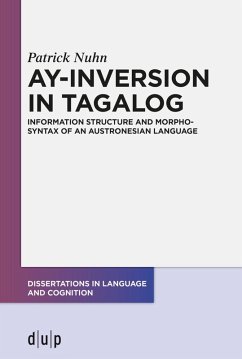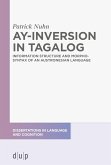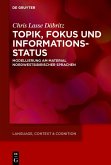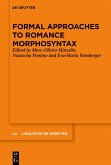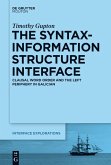Tagalog, an Austronesian language, is widely spoken and understood throughout the Philippine archipelago where it served as the basis for the national language Filipino. The language is often cited for its many unusual linguistic properties. Drawing on both spoken fieldwork data and written data from novels, this study investigates several phenomena at Tagalog's interface of information structure and morphosyntax.
Aside from the default predicate-initial word order, the Tagalog language has several information-structurally marked constructions that allow other constituents to appear in the sentence initial position. One of these constructions is ay-inversion. Although it is often labeled a topic-marking construction, it is actually far more versatile. This book aims to explore some of its many facets.
The investigation of ay-inversion begins with a survey of its various uses that appear in the data, including some that have to date received very little if any attention in the literature, such as reversed ang-inversion, which combines two of the language's inversion constructions. Selected observations are then modeled in Role and Reference Grammar and their implications for Tagalog syntax are explored. Finally, the role of ay-inversion in anaphora resolution is investigated and selected processes are modeled in a frame-based account.
Aside from the default predicate-initial word order, the Tagalog language has several information-structurally marked constructions that allow other constituents to appear in the sentence initial position. One of these constructions is ay-inversion. Although it is often labeled a topic-marking construction, it is actually far more versatile. This book aims to explore some of its many facets.
The investigation of ay-inversion begins with a survey of its various uses that appear in the data, including some that have to date received very little if any attention in the literature, such as reversed ang-inversion, which combines two of the language's inversion constructions. Selected observations are then modeled in Role and Reference Grammar and their implications for Tagalog syntax are explored. Finally, the role of ay-inversion in anaphora resolution is investigated and selected processes are modeled in a frame-based account.
Dieser Download kann aus rechtlichen Gründen nur mit Rechnungsadresse in A, B, BG, CY, CZ, D, DK, EW, E, FIN, F, GR, HR, H, IRL, I, LT, L, LR, M, NL, PL, P, R, S, SLO, SK ausgeliefert werden.

